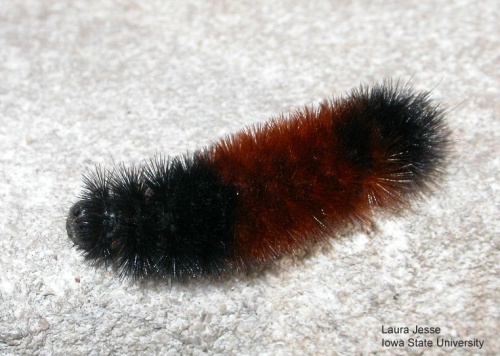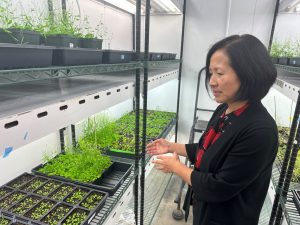Iowa precipitation totals continue to disappoint; corn harvest surges ahead
October 29th, 2024 by Ric Hanson
(State News) – The Iowa corn harvest reached 84% this week, up from 68% last week, and soybean harvest is nearly complete, at 96%, as the state nears the end of one of its driest Octobers. According to the Iowa Capital Dispatch, the crop progress and condition report for Oct. 21 through Oct. 27 showed a continued decline in soil moisture conditions. Topsoil rated 75% short to very short, and subsoil moisture condition rated 80% short to very short.
The state climatologist Justin Glisan reported precipitation totals for the week were higher than the past four weeks combined, yet still below the state’s average for this time of year.
Eastern and central counties saw storms this week, with Johnson County logging almost two inches of rain and 30 monitoring locations with totals above one inch.
The National Weather service forecasts more precipitation for the state next week and normal precipitation through November.
“Continued warm temperatures and dry conditions last week allowed for harvest to push forward at a brisk pace,” Iowa Secretary of Agriculture Mike Naig said in a statement about the crop condition report. “Following what is likely to be one of the driest Octobers on record, weather outlooks for early November are indicating more chances for rainfall.”
A crop update report from Iowa State University Extension and Outreach noted the dry conditions have caused “excessively dry grain,” difficulty with tillage and an inability to apply anhydrous ammonia to fields.








